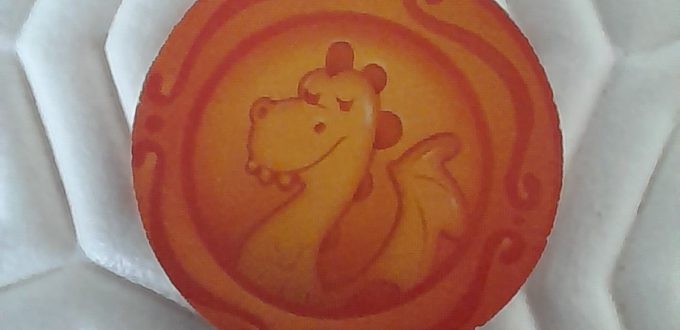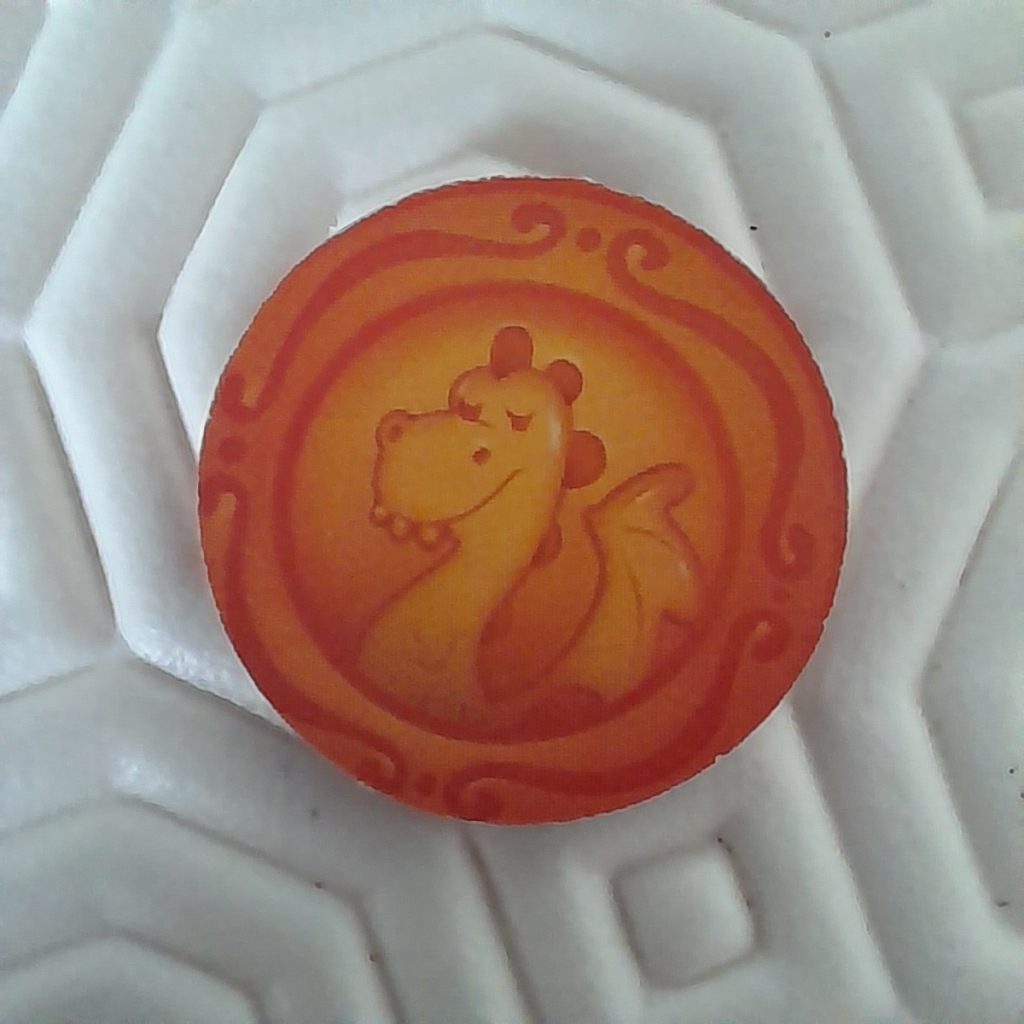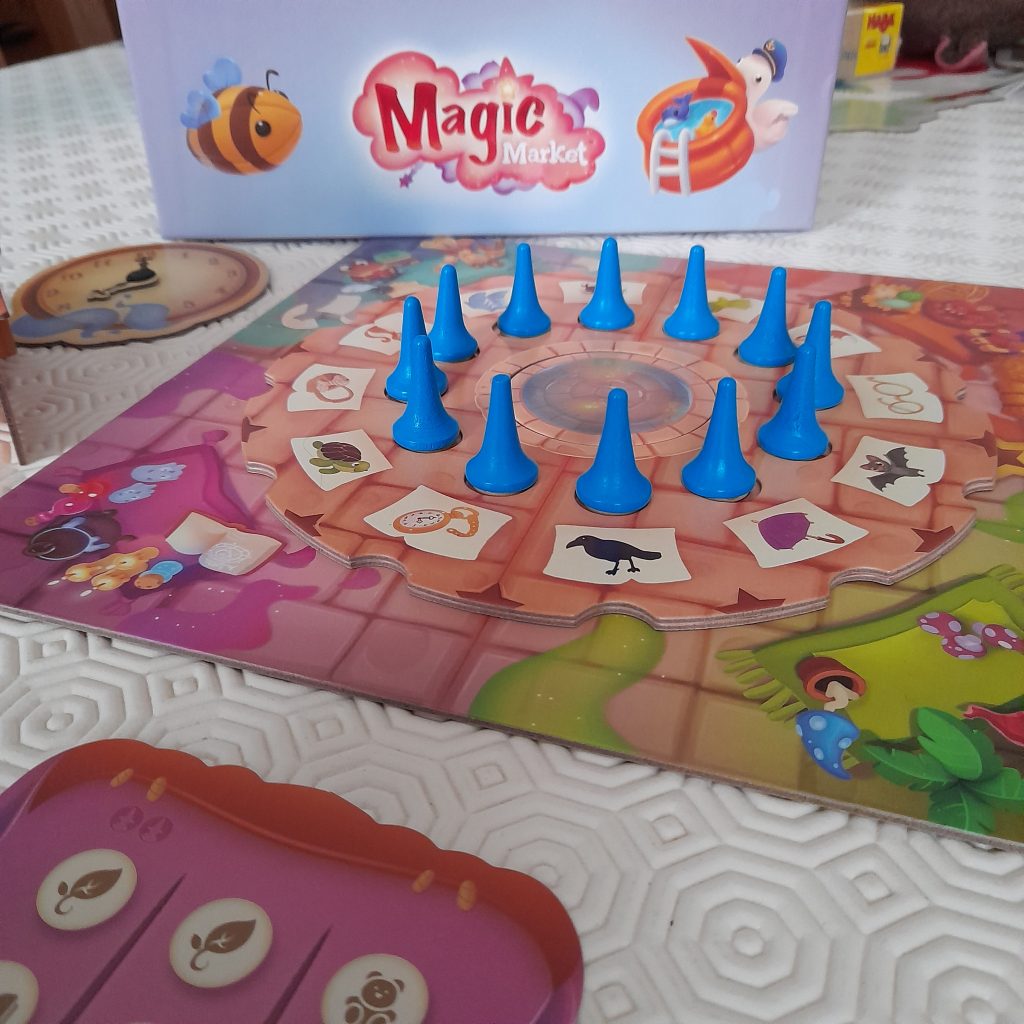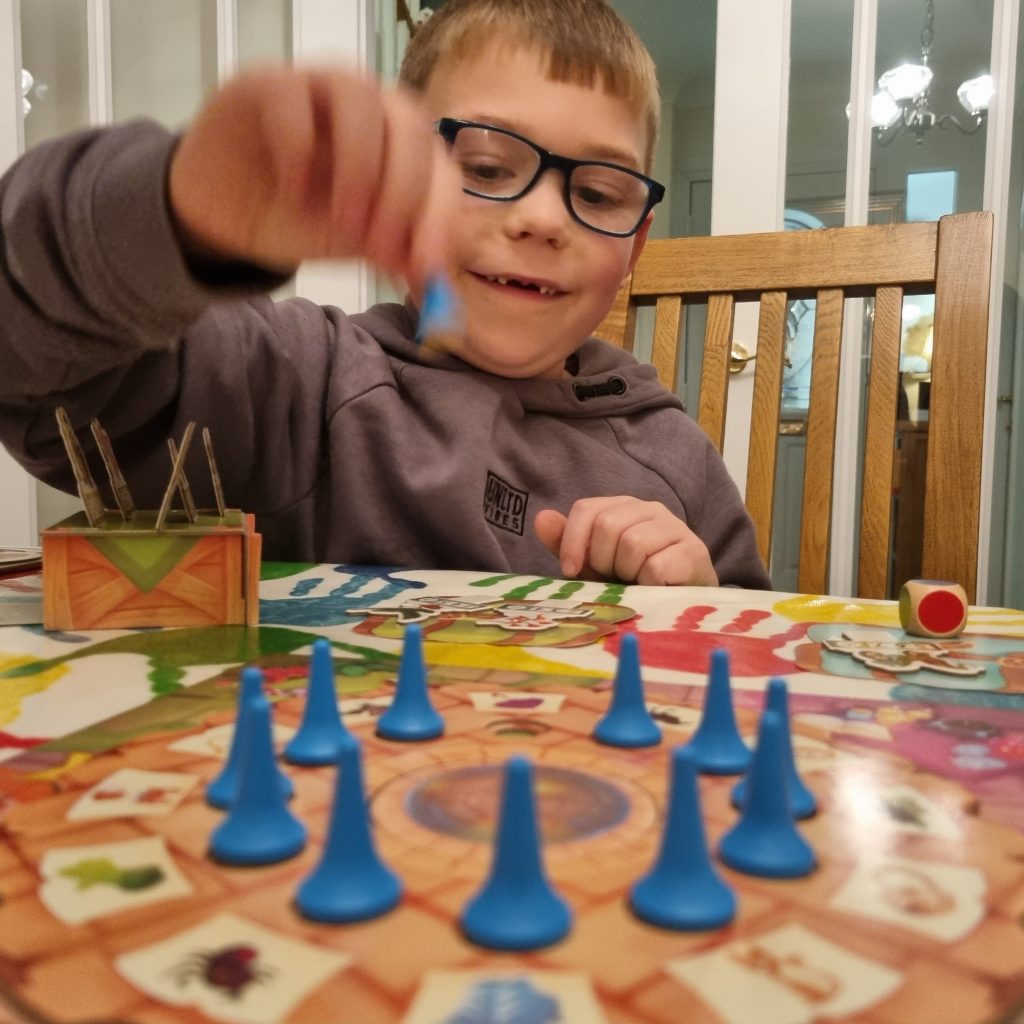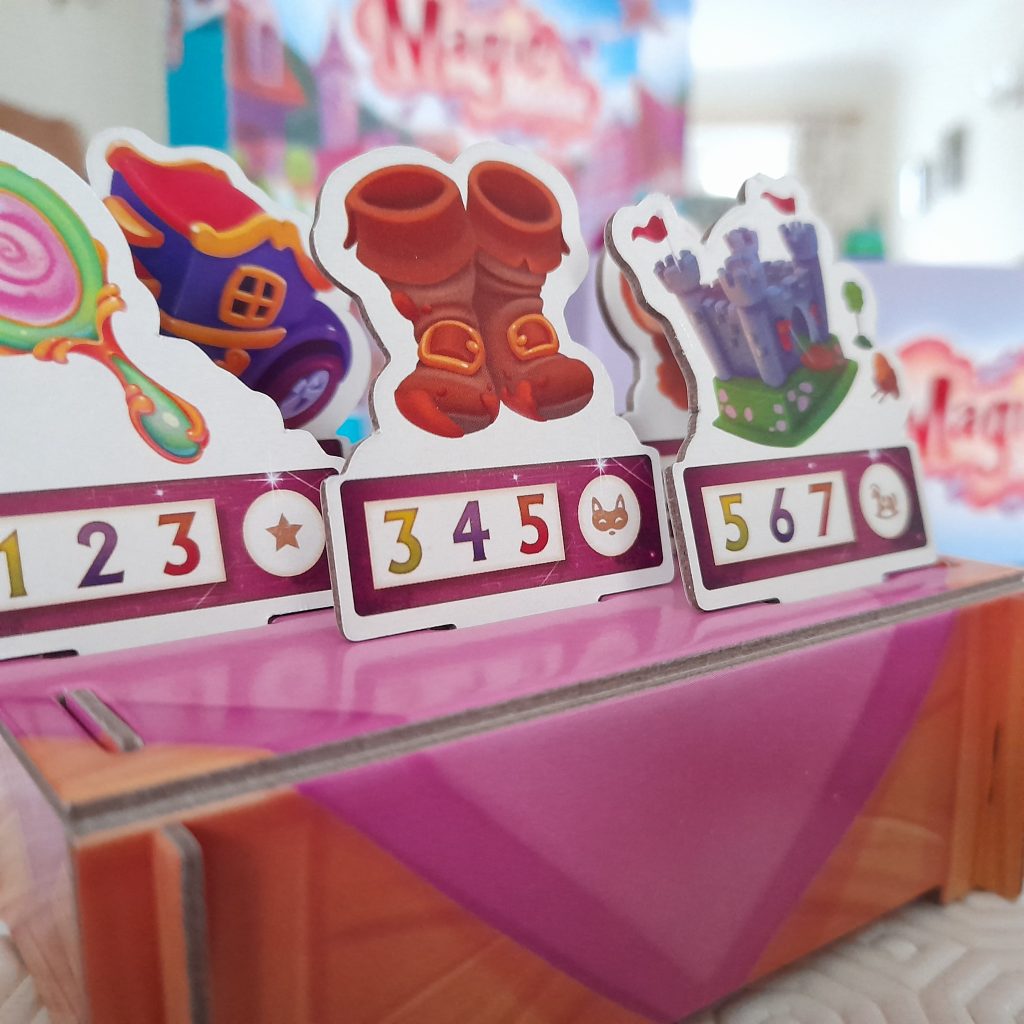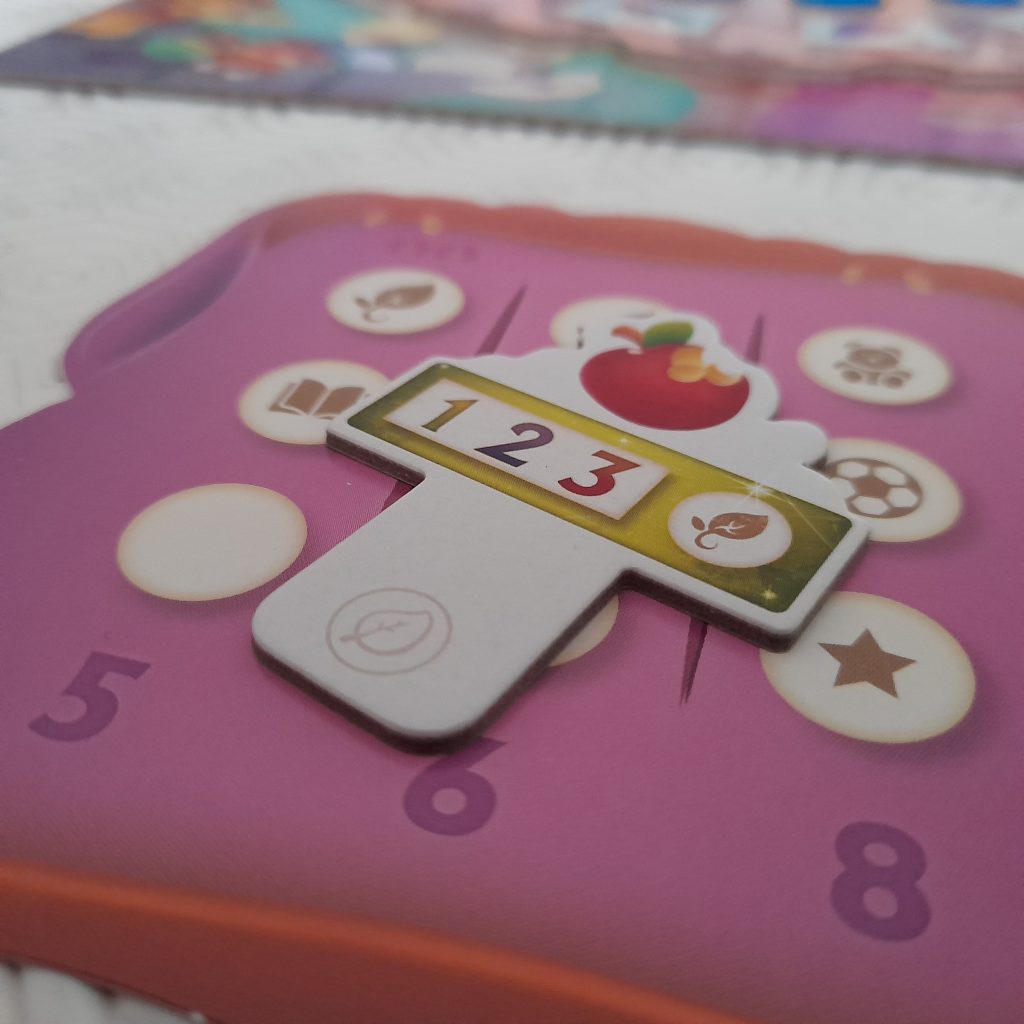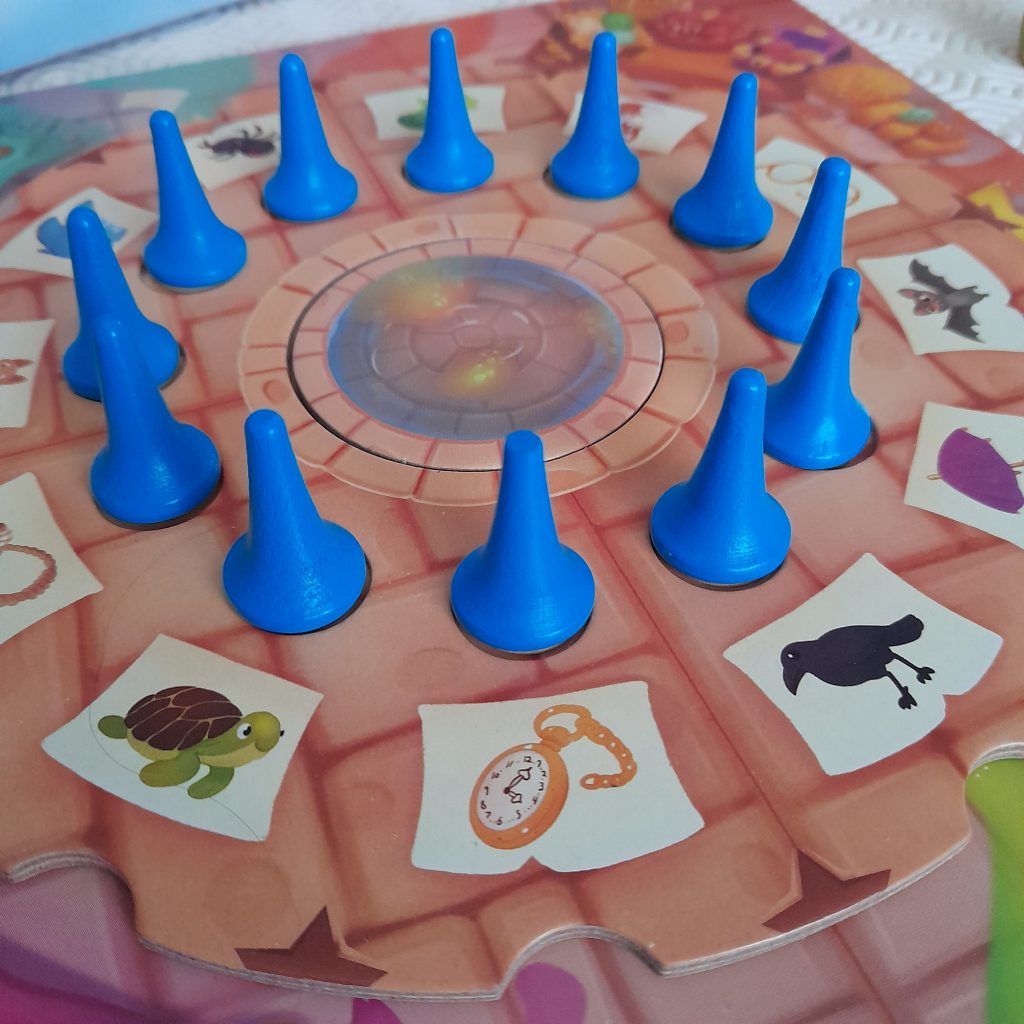Magic Market from LOKI Kids and Coiledspring games is a wonderful, colourful introduction to memory and market forces! Keep customers happy, but don’t forget to go shopping yourself!
Publisher: LOKI Games, LOKI Kids, Coiledspring Games
Designer: Les Fées Hilares
Artist: Jeremy Polonen
Release date: 2021
2-4 Players
Age: 6+
30 mins
Favouritefoefunlearning score: 9/10
Learn More
* Dice Rolling * Market * Resource Management * Fun * Colourful * Memory * Rondel * #Gameschooling * #Learningthroughplay * Language Skills *
Magic Markets is all about the spellbinding (soft!) sell! Playing mystical merchants, you have a stall of magical items you want to sell for the most money (Dragos). Generally, your customers only want to buy specific items, however! So you have to make sure your stall stocks a good selection, or (even better!) remember where those budget-busting buyers are hiding!

Spellbinding Set Up!
This game is quite unusual because setting up Magic Market actually feels like part of the fun!
Placing the central Visitor’s Path disk (aka rondel) in the middle of the main market square board, you get to put 12 little blue witch hats (“visitor pawns”) into the available spaces. Each hat has a symbol on the bottom – more on this later!
Give each player a satchel board, 3 Dragos, and a cardboard market stall together with 12 matching goods in their colour. Choosing 6 starting items, these are slotted into gaps on the stall. NB: Mini-meeple loves picking items and setting up his stall so this can take a while!
After that, set down the two dice in easy reach, give someone control of the money (“Guardian of the Dracos” if you want their full title!), and nominate another to become Time-Master. You’ll see big cardboard wand too but, and this is wonderful, it’s not part of the game – that’s just for fun!

One Little Buyer Went To Market!
On your turn, you’ll roll the number dice and turn the rondel the required number of star spaces. Then, looking at your colour of the main market board, you pick one of the three witch’s hats within your coloured quadrant (remembering to which picture it corresponds!).
Say you pick up the hat above the ginger cat picture and you reveal a sword. If you have an item on your stall showing a sword symbol (magical potion gun perhaps) , you roll the colour dice to determine the price you can sell it for. Each item has a red, blue, and green value. That item then gets removed from your stall, the money paid from the bank, and, if you still have enough left, you can choose another item to fill the slot.
If you don’t have an item with a symbol matching that just revealed, you don’t get to sell anything this turn (boo!). Play then passes to the next player, and they roll the number dice to continue the game.
After 10 rounds (8 in a two player game) as andicated by turning the hands on the clock), the Dracos are totalled, and the richest seller is the winner!
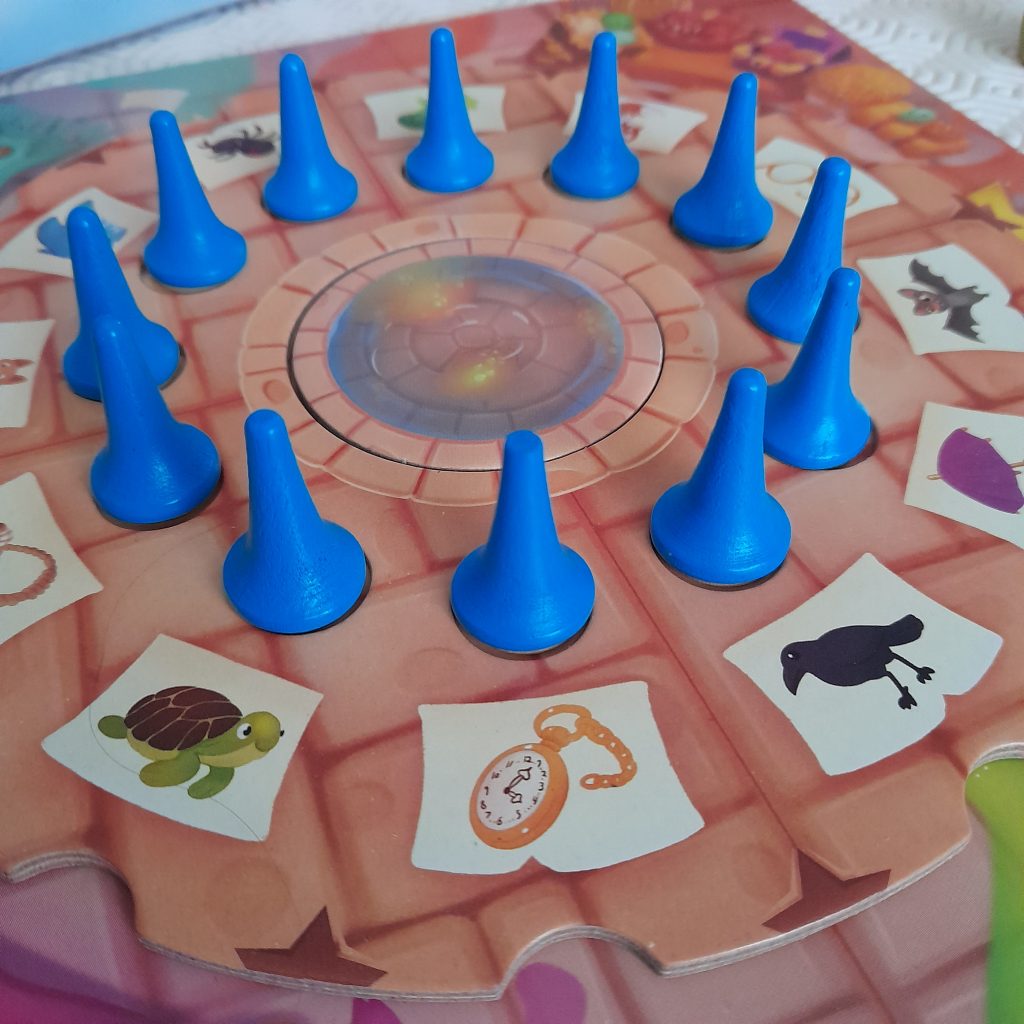
Buddies and Barmy Buyers!
Now, a big part of this game is recall. So, you’ll need to remember which symbol goes with which picture as you roll, lift, and replace witch’s hats each turn. Remember; you can only sell if your hat matches a symbol on in item in your stall!
But, that’s not all! You also need to be able to go visiting other stalls in order to buy some items from your opponents! And in that case, you need a “buddy”; someone to watch your stall whilst you go spend it up! Luckily, if you can remember where the witch’s hat symbols are around the board, and they come into your quadrant, you can go visiting other stalls to shop for spellbinding stuff!
Note that the price for the item you choose starts off as a negotiation, so you’ll do well to haggle for the lowest of the three. If the seller doesn’t bite, however, the price gets determined by the colour dice, and the money comes from your Draco stash.
There is one other symbol hiding under, mind you; the “crazy buyer”. And they are great, mainly because they buy anything! You get to pick the one they are going to take, roll the dice for the price, and get the money from the bank! Sweet!
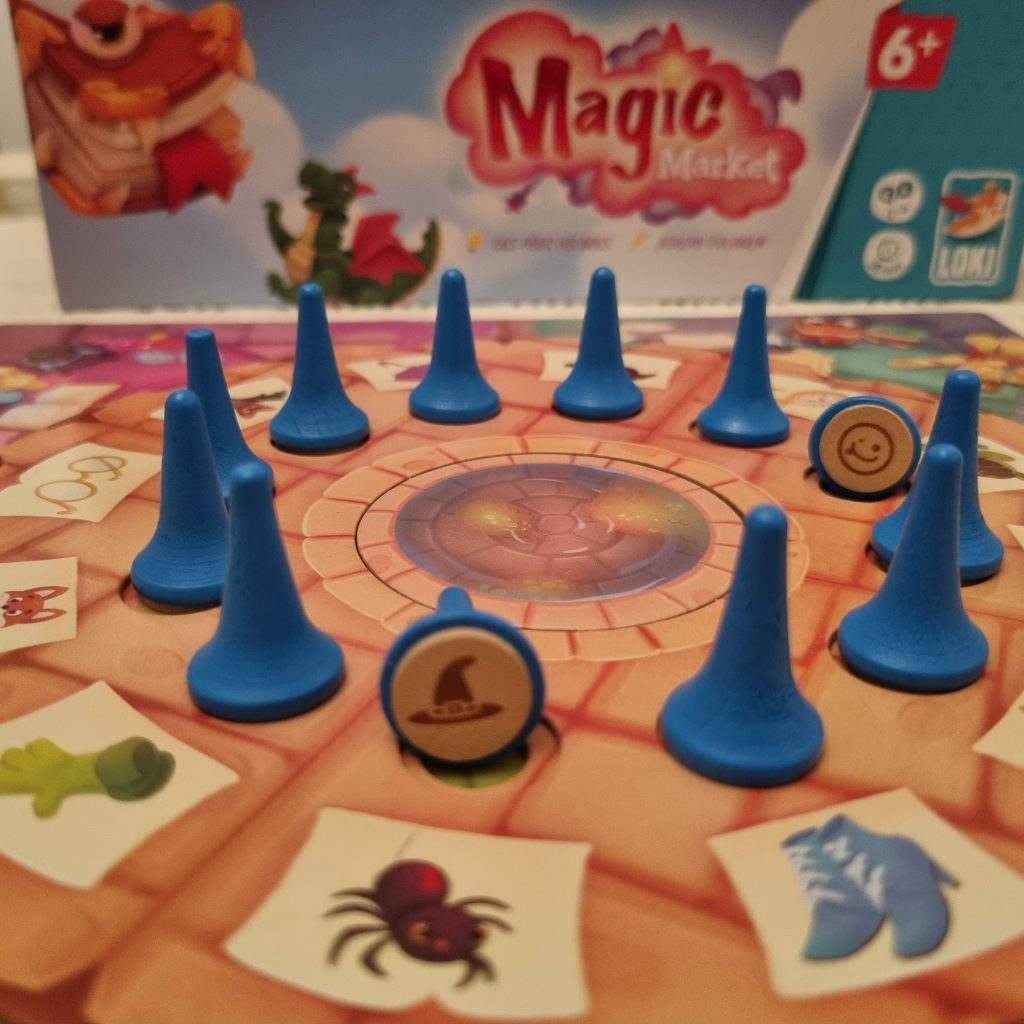
Magical Market Forces!
As well as being gorgeous to look at, and fun to set up and play, it is a great introduction to quite a complex idea. That idea being the push and pull of supply and demand. You want your stall to be the right mix of items that both your opponents and the buyers in the circle need.
And in a clever additional twist, each player’s set of magical items is slightly different (the stalls indicating which ones are missing) which makes demand and supply realistically unequal.
Now, luck does play a big part in determining which buyers will visit your quadrant each turn. Even if you remember that the rocking horse is paired with the cat, you can’t sell a rocking horse item until that cat comes into one of the three spaces in your market. But, if you can commit the position of some (or all!) of the 12 symbols to memory, you can at least stack the odds in your favour.
For example, your stall can be set up with a variety of symbols to allow for as many purchases as possible. This will reduce though as goods are sold off. You can also make maximum use of the crazy buyers (to off load the less popular items!), as well as the buddies – after all, you won’t be in with a chance of winning if you haven’t shopped ‘til you dropped yourself!
You also want items that generate the best prices, but not too high that players can’t afford them. After all, you don’t want others declining to use the buddies they reveal! So having a good range of lower and higher priced goods is worth considering. Being able to sell to a crazy buyer does mean that you might be able to move some of the pricier items too (although that won’t help reduce the Dracos in the pockets of your opposing players).
I will admit that negotiation doesn’t often work amongst the grown-ups around our table. But I really do enjoy listening to ShadowMeeple’s arguments as to why he should pay the lowest price possible! Mini-meeple is somehow far more persuasive (go figure!). Forming logical reasons as well as practising the language of trade are great #gameschooling opportunities, and not ones often found in games like these.
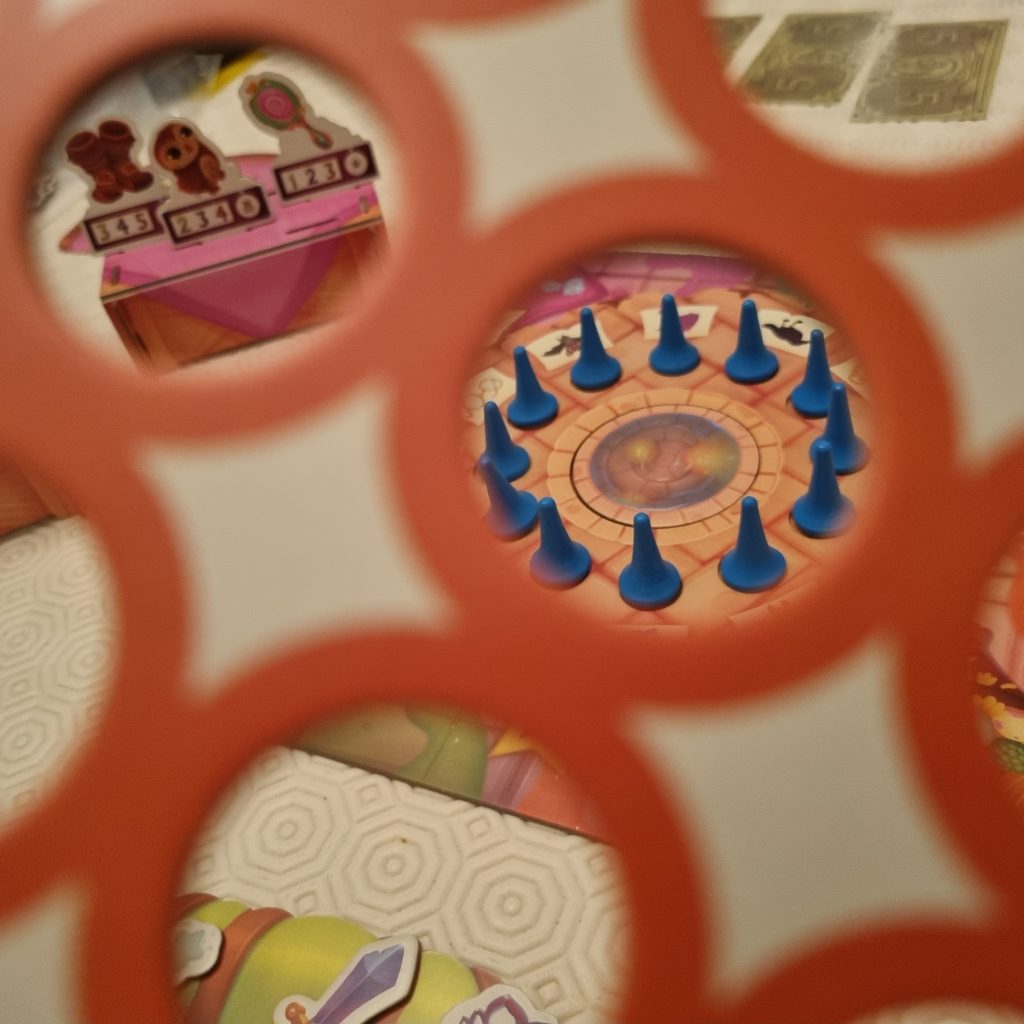
Pickier Purchasers!
For those players who need a little more of a commercial challenge, there is an advanced mode – “The Great Wizard’s Visit”. On the reverse of the satchel are a series of specific symbols. If you can buy these over just 9 rounds, the Great Wizard will buy them off you for the specified Draco bonus at the end of the game!
Magical Markets!
No doubt about it, we love Magic Market. When pouring over the choices for family game time, this one gets requested as often by Shadowmeeple as it does by Mini-meeple!
The combination of memory, economics, dice rolling, market trading, and lovely components is a definite winner. The play time at around 30 minutes is superb too – just enough time for memory skills to start paying off, but not too long to overstay its welcome or become repetitive. Picking items and working out cost/change is a bonus mathematical life skill and learning opportunity. And, with different playing modes, it is also adaptable and versatile. It is a game which will grow with your children as their (and our!) memory and mathematical skills develop.
It’s also a game that doesn’t feel mean. Even if you miss out on selling due to a symbol/stall mismatch, turns roll around so fast that the feeling is fleeting. Plus being able to go “shopping” at other player’s stalls is exciting! Having a last ditch chance to buy items from opposing players (even though they get to choose which items), also gives you a last chance to be in the running to be the most minted merchant of them all!
The designer, Les Fees Hilares, has done a brilliant job in Magic Market. And, not just that, but he is also the designer of Team Story (full review here), another wonderful child centred, clever game. The pedigree for his titles and LOKI KIDS’ offerings is therefore set high!
If I had to be picky, I think the only thing I would say is that the cardboard stalls are somewhat at risk of splitting over time. The assembly and folding could lead to wear and (more likely) tear over time. Although that is probably testament to just how much table time this game is going to get! It might have been better, however, to have them fully assembled as they all fit fully formed into the box.
Overall, we are incredibly impressed with Magic Market. It is a kid’s game, of course, but one that grown ups are going to not just be happy to play, but want to play. It is an incredible example of #learningthroughplay, and its versatility and accessibility means that it is going to be a permanent fixture in our collection!

